EV Resources
Electric and Hydrogen Vehicle brochure: English , Arabic , Chinese , Punjabi
Electric Vehicle and Hydrogen Expo: Education Stage video recordings
Street sweeping parking bans run Monday to Friday from 7am to 5pm in scheduled areas. Find your neighbourhood schedule and sign up for notifications.
Main page content begins here
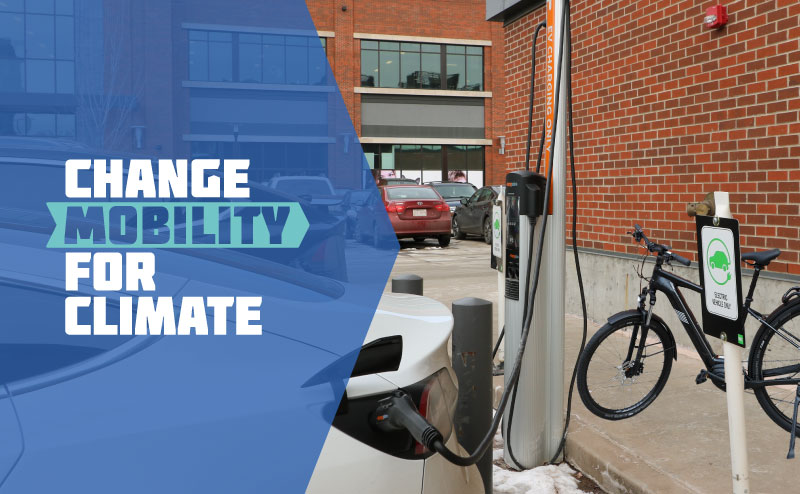
Electrification of our transportation system, from electric vehicles to e-bikes, helps to reduce our emissions and our reliance on fossil fuels.
We know that cars will continue to be a part of Edmonton’s transportation system, but we need to think about how we can shift away from fossil fuels and towards electrification. Electric vehicles are one way to limit our environmental impact from personal vehicles.
The City's Electric Vehicle (EV) Strategy identifies how we can make it easier for people to own an electric vehicle, prepare the path for electrifying transportation of personal vehicles and ultimately help reduce greenhouse gas emissions.
Electric Vehicles produce less greenhouse gas emissions, are cheaper to operate and maintain and deliver great performance.
Electric and Hydrogen Vehicle brochure: English , Arabic , Chinese , Punjabi
Electric Vehicle and Hydrogen Expo: Education Stage video recordings
Fact: Driving an electric vehicle in Alberta has been estimated to reduce emissions by up to 41% compared to an internal combustion engine vehicle (gas/diesel) and that percentage is expected to increase to up to 74% as Alberta’s electric grid gets greener. Considering life-cycle emissions, EVs have been shown to offset their excess manufacturing emissions within the first 6 to 16 months of operation due to the absence of tailpipe emissions.
Fact: While the initial purchase price of electric vehicles is higher, the federal government has purchase and lease incentives available for light-duty as well as medium and heavy-duty electric vehicles.
Fact: EVs cost less to maintain and operate due to fewer moving parts and lower fuel costs. The average annual savings on fuel and maintenance for an EV in Alberta compared to an internal combustion engine (ICE) vehicle is about $3,000.
Fact: EVs are safe and effective in Edmonton winters. Battery range can be reduced in cold weather but is still well within the average Edmonton trip distances. Electric vehicles will also start instantly in the cold and heat up quickly.
Fact: The City’s latest Household Travel Survey shows that the average car trip in Edmonton is 9.4 km while the average round trip commute is 25.6 km - well within the range of electric vehicles on the market today. The range for EVs varies from 175 km to over 500 km.

Learn about why the world is moving to electric vehicles, their many advantages and what vehicles are available in Canada by visiting Plug ‘N Drive. From compact cars to SUVs, you are sure to find an electric vehicle that fits your lifestyle.

The federal government has a number of EV incentives.
Update: These federal incentives have been paused indefinitely.

Edmonton Transit Service (ETS) continues to be at the forefront of electric buses in Canada. These buses will help reduce greenhouse gas emissions and provide more sustainable transportation.
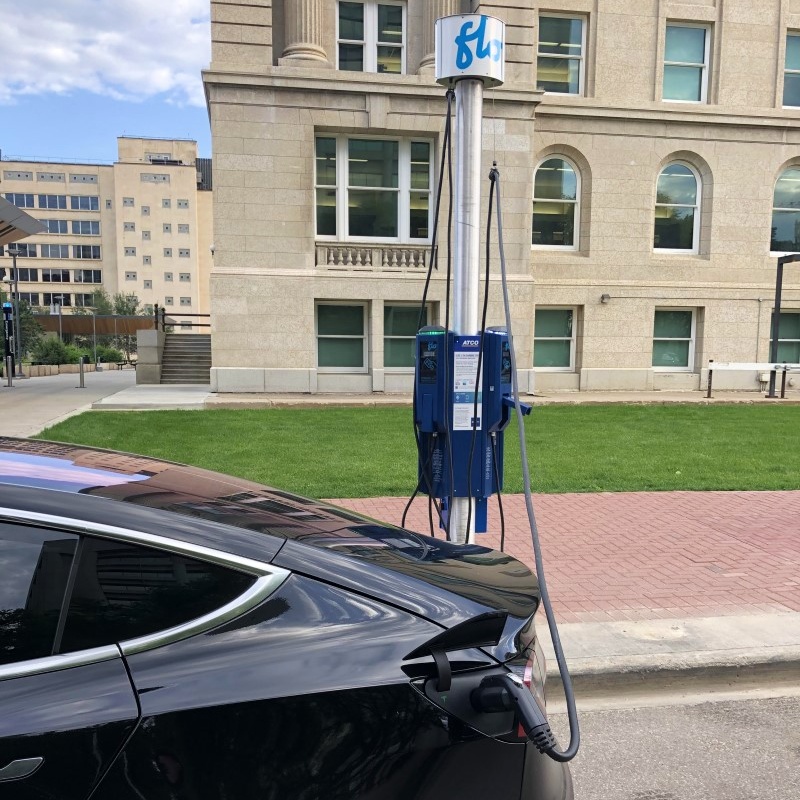
As part of a 5-year pilot project, ATCO has installed 5 dual-port Level 2 electric vehicle charging stations for public use. The charging stations are located on street curbside parking spaces owned by the City. The cost to charge your electric vehicle is $2.50 per hour with free parking. Note: parking restrictions may apply (for example, seasonal parking bans).
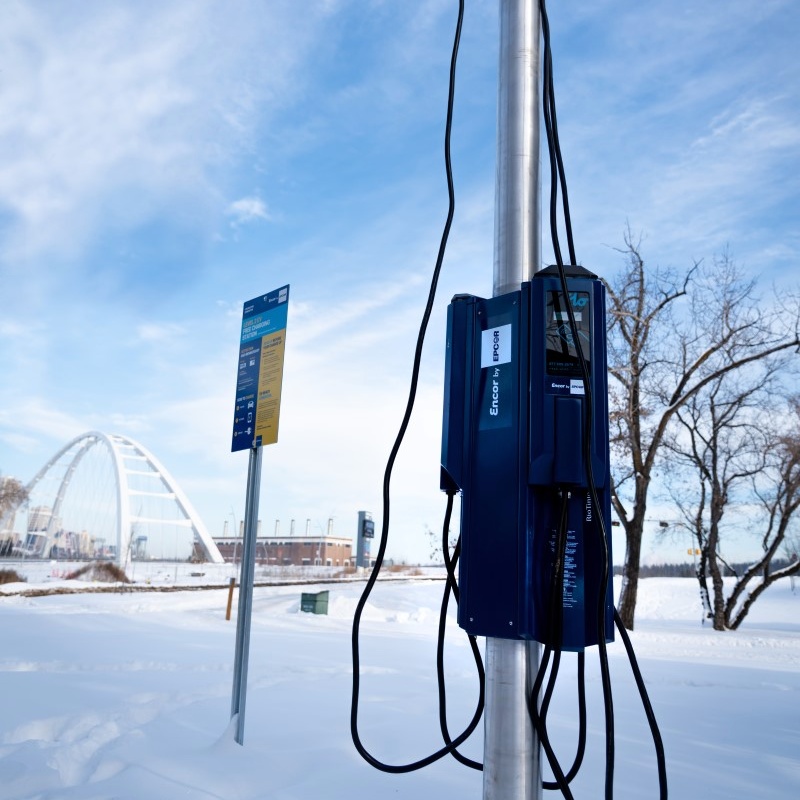
The City of Edmonton has partnered with Encor by EPCOR on the Energizing Edmonton Project. Encor has installed EV charging stations in places that make sense for people on the go and are easy to use.

If cars aren't your thing, consider an e-bike. E-Bikes can help you manage a longer commute and multiple trips, without breaking a sweat.
Transportation is responsible for 30% of Edmonton's greenhouse gas (GHG) emissions and 42% of energy consumption. This is equal to all the energy used for residential and commercial buildings.
Electric bikes offer an opportunity to promote a more active mode of transportation and can enable cyclists to manage longer commutes and multiple trips to lower reliance on other vehicles.
An e-bike is a bicycle that has an electric motor that can be used to move the bike. The purpose of the motor is to enhance the power of the rider, not replace it.
Electric bike batteries are rated in watt-hours, with each kilometre using 7.5 to 15 watt-hours of energy. The range of a battery depends on a lot of different factors, including terrain, speed at which you are travelling, wind conditions and temperature, among others. As an example, a 540 watt-hour battery powering a 500 watt motor has a range of 36 km to 72.5 km.
E-bikes can be ridden where cycling is permitted. Find more information on cycling laws and safety.
The provincial standards for wearing helmets apply for bicycles and e-bikes.
The Electric Vehicle Home and Workplace Charging Study assessed the opportunities to accelerate the deployment of EV charging in Edmonton and Calgary.
This study - Moving Edmonton to efficient, low-carbon, urban freight delivery - looked at how to reduce “last-mile” vehicle emissions in the new online-to-doorstep economy.


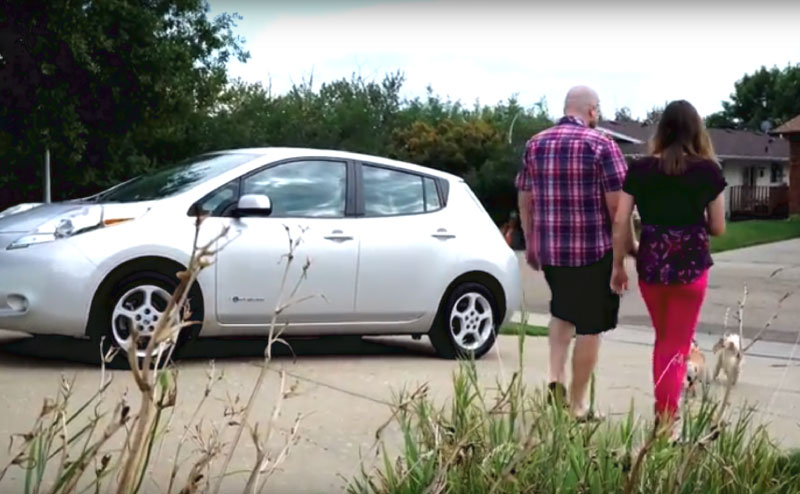
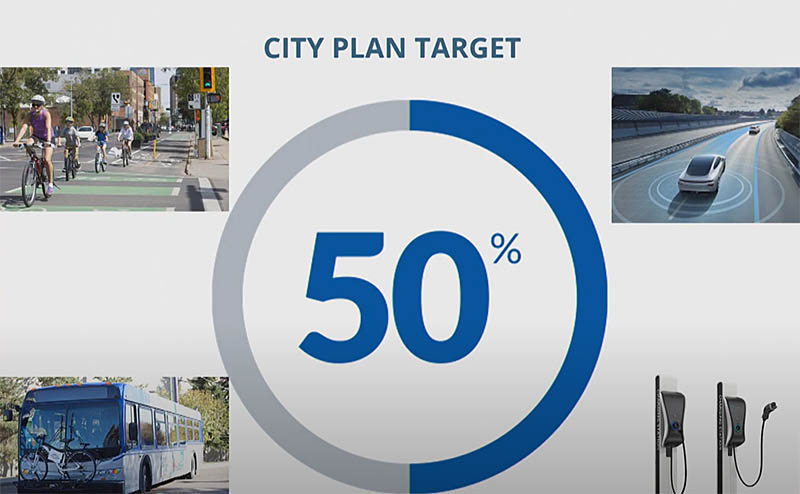
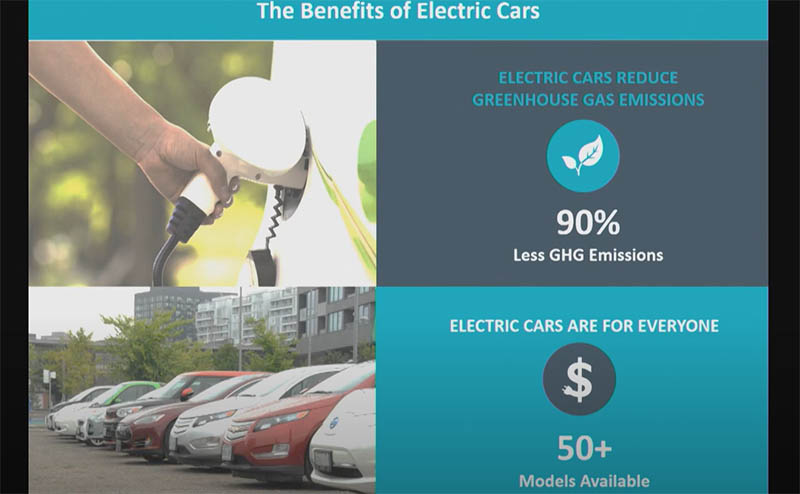

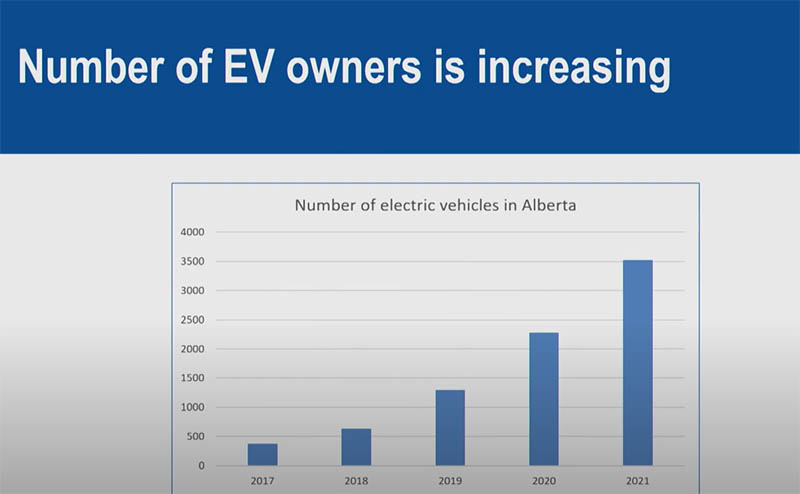
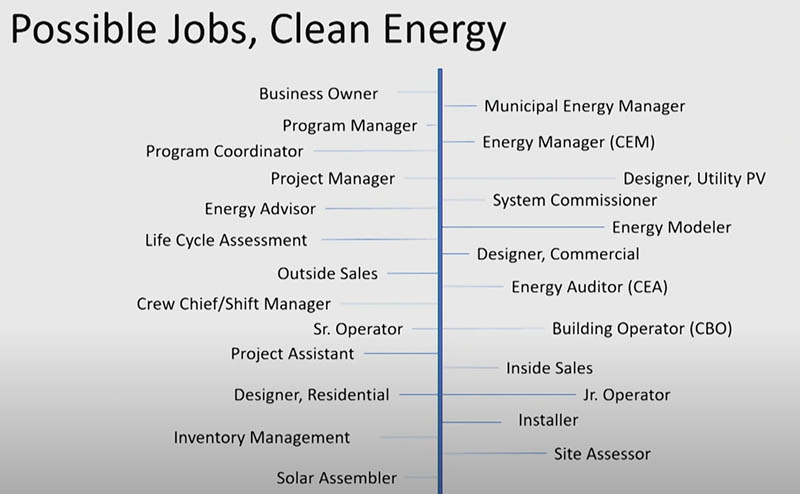
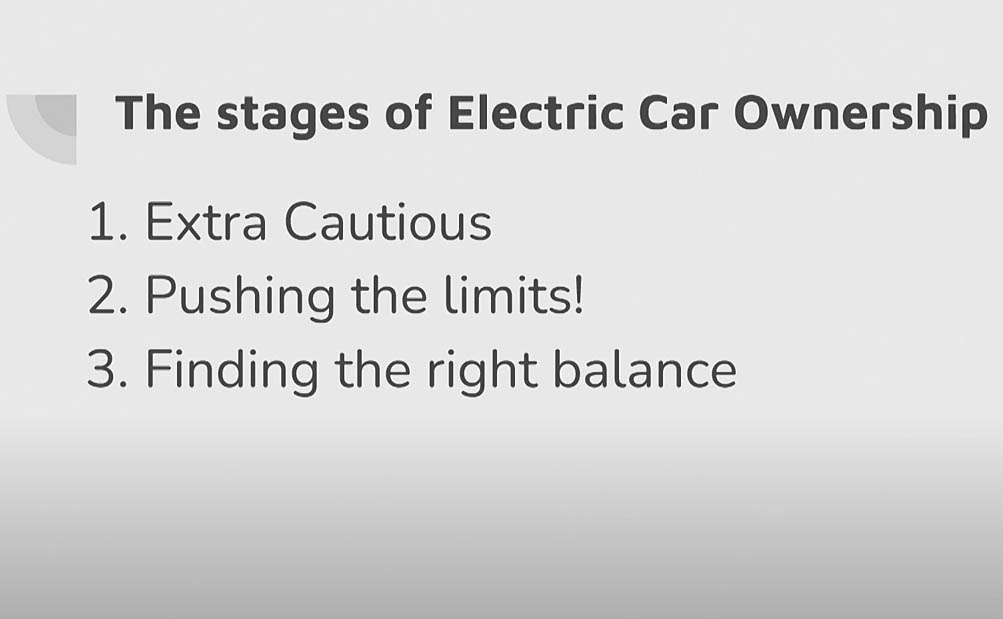
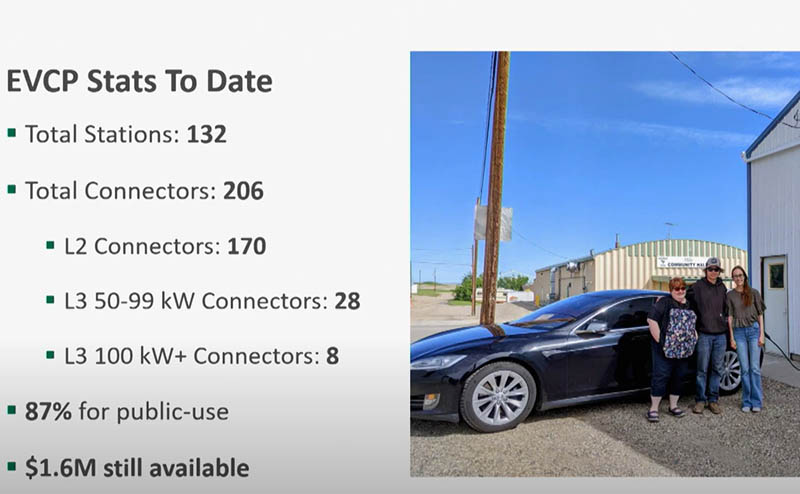
If you are calling from outside of Edmonton: 780-442-5311
| changeforclimate@edmonton.ca | |
| Phone | 311 |